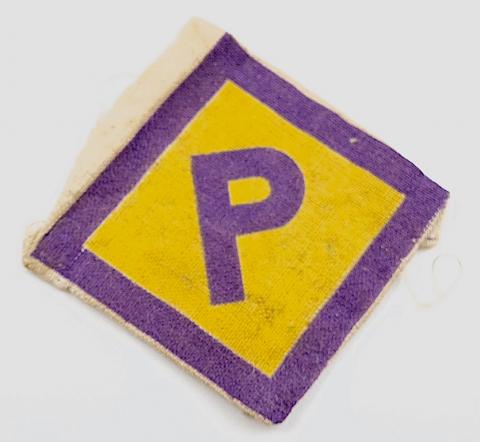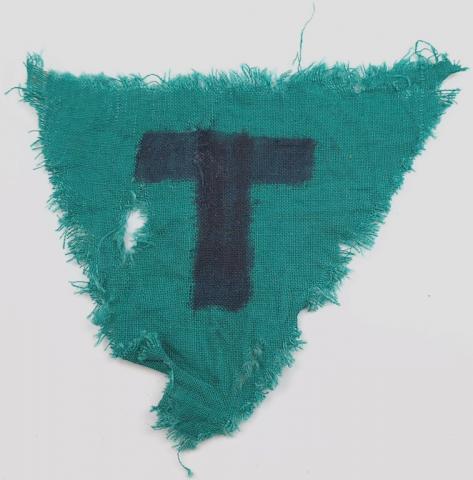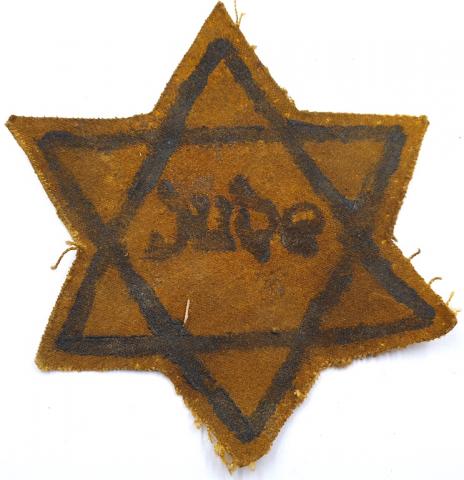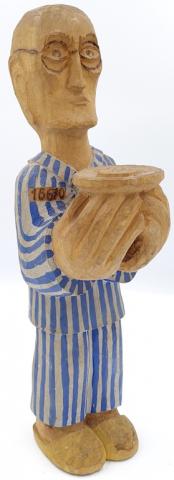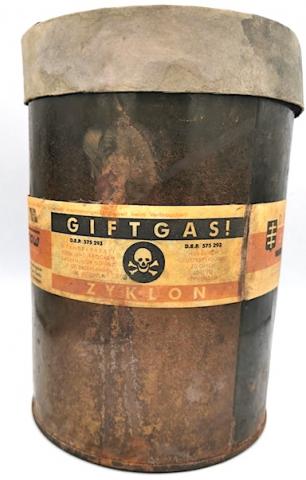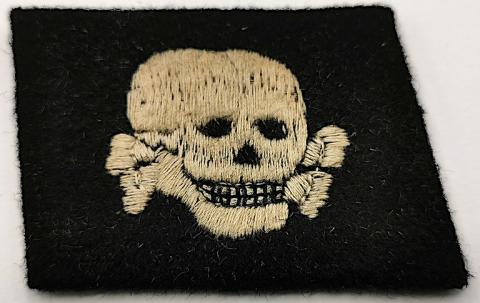Concentration Camp AUSCHWITZ Kolbe wooden statue made by a survivor with uniform and patches
what an AMAZING AND UNIQUE PIECE OF HOLOCAUST HISTORY !
Maximilian Maria Kolbe (born Raymund Kolbe; Polish: Maksymilian Maria Kolbe [maksɨˌmʲilʲan ˌmarʲja ˈkɔlbɛ]; 8 January 1894 – 14 August 1941), venerated as Saint Maximilian Kolbe, was a Polish Catholic priest and Conventual Franciscan friar who volunteered to die in place of a man named Franciszek Gajowniczek in the German death camp of Auschwitz, located in German-occupied Poland during World War II. He had been active in promoting the veneration of the Immaculate Virgin Mary, founding and supervising the monastery of Niepokalanów near Warsaw, operating an amateur-radio station (SP3RN), and founding or running several other organizations and publications.
On 10 October 1982, Pope John Paul II canonized Kolbe and declared him a martyr of charity. The Catholic Church venerates him as the patron saint of amateur radio operators, drug addicts, political prisoners, families, journalists, and prisoners. John Paul II declared him "The Patron Saint of Our Difficult Century." His feast day is 14 August, the day of his death.
Due to Kolbe's efforts to promote consecration and entrustment to Mary, he is known as the Apostle of Consecration to Mary.
On 17 February 1941, the monastery was shut down by the German authorities.[2] That day Kolbe and four others were arrested by the Gestapo and imprisoned in the Pawiak prison.[2] On 28 May, he was transferred to Auschwitz as prisoner 16670.[24]
Maximilian Kolbe, on a West German postage stamp, marked Auschwitz
Continuing to act as a priest, Kolbe was subjected to violent harassment, including beatings and lashings. Once he was smuggled to a prison hospital by friendly inmates. At the end of July 1941, one prisoner escaped from the camp, prompting SS-Hauptsturmführer Karl Fritzsch, the deputy camp commander, to pick ten men to be starved to death in an underground bunker to deter further escape attempts. When one of the selected men, Franciszek Gajowniczek, cried out, "My wife! My children!" Kolbe volunteered to take his place.
According to an eyewitness, who was an assistant janitor at that time, in his prison cell Kolbe led the prisoners in prayer. Each time the guards checked on him, he was standing or kneeling in the middle of the cell and looking calmly at those who entered. After they had been starved and deprived of water for two weeks, only Kolbe remained alive.
Death
The guards wanted the bunker emptied, so they gave Kolbe a lethal injection of carbolic acid. Kolbe is said to have raised his left arm and calmly waited for the deadly injection. He died on 14 August 1941. His remains were cremated on 15 August, the feast day of the Assumption of Mary.

